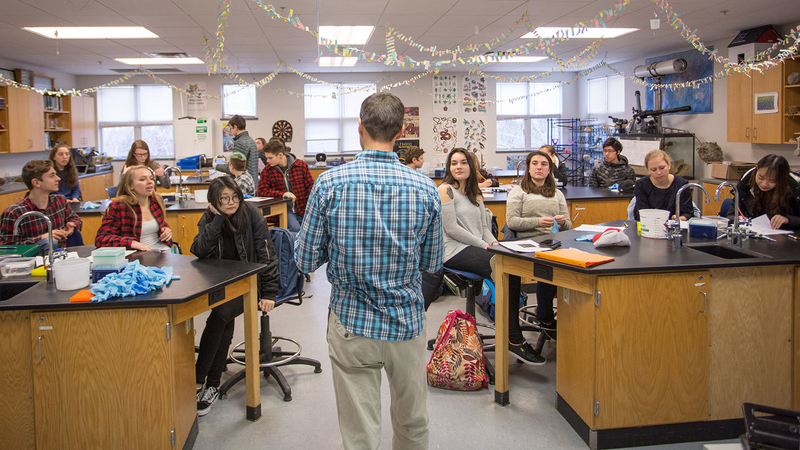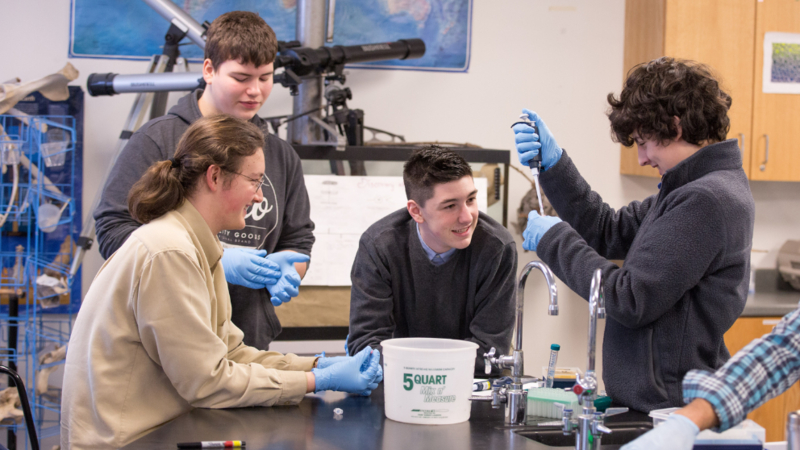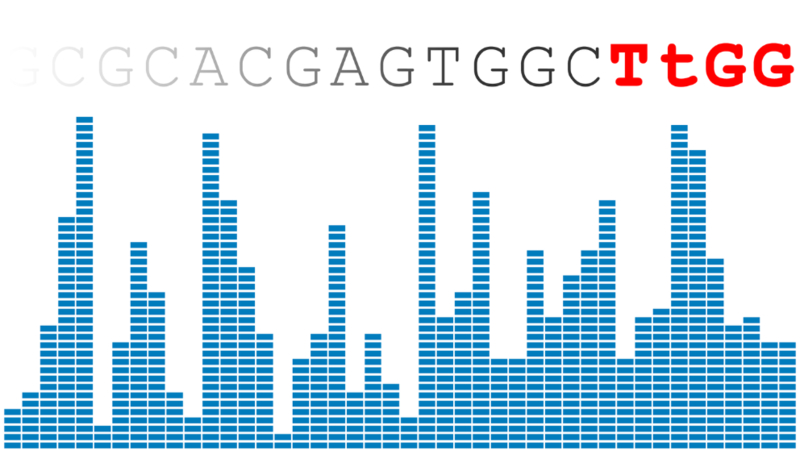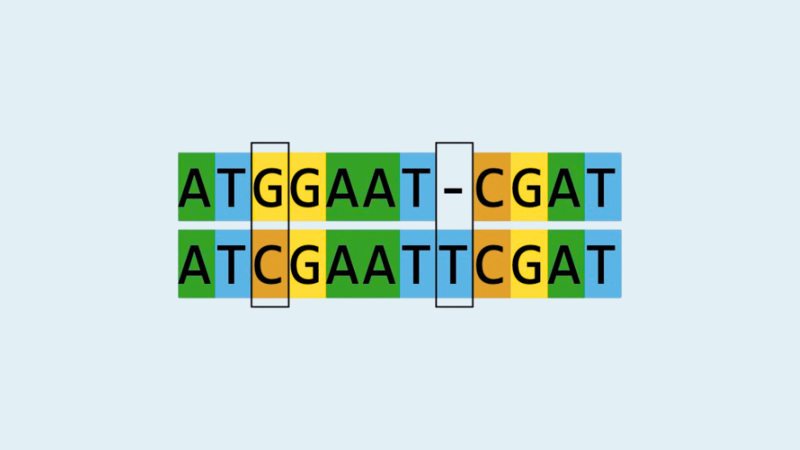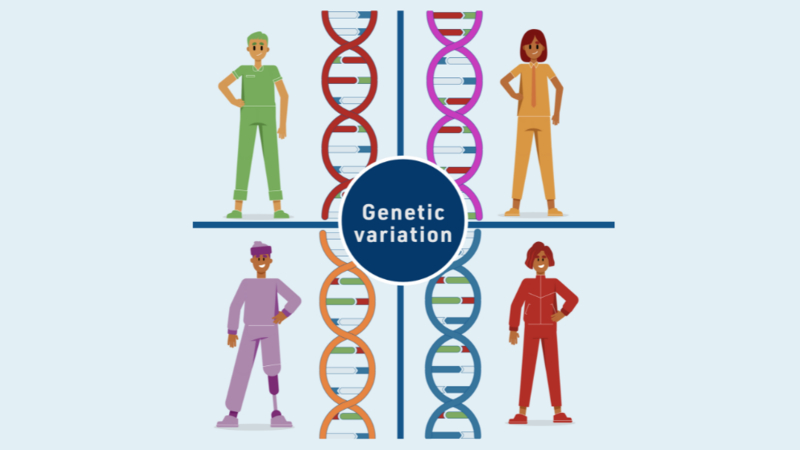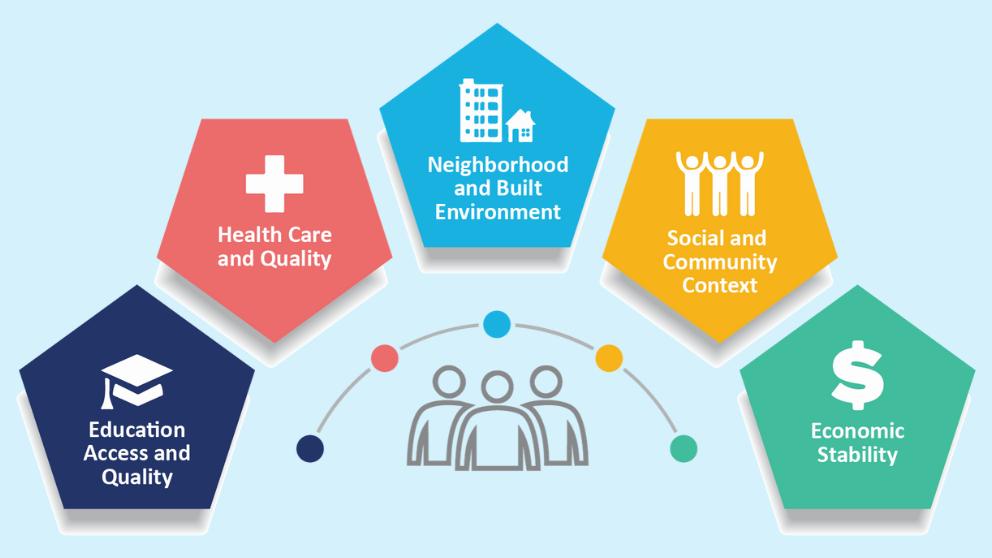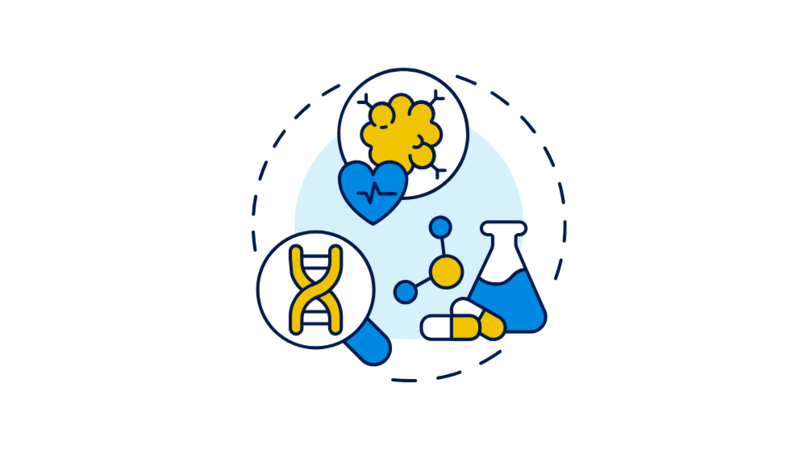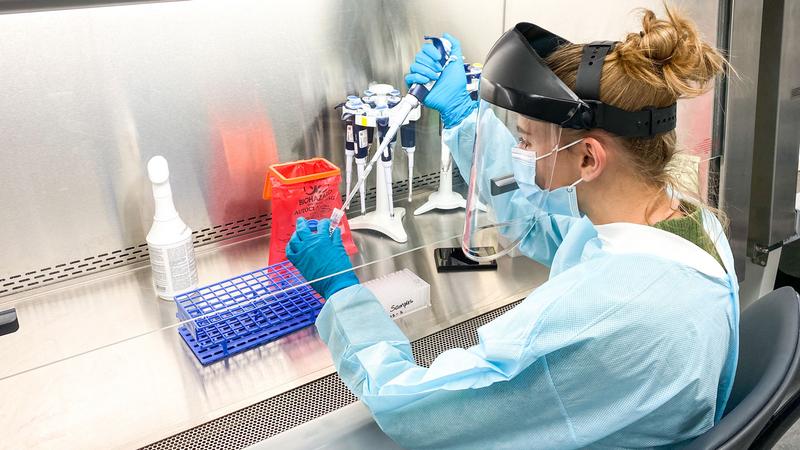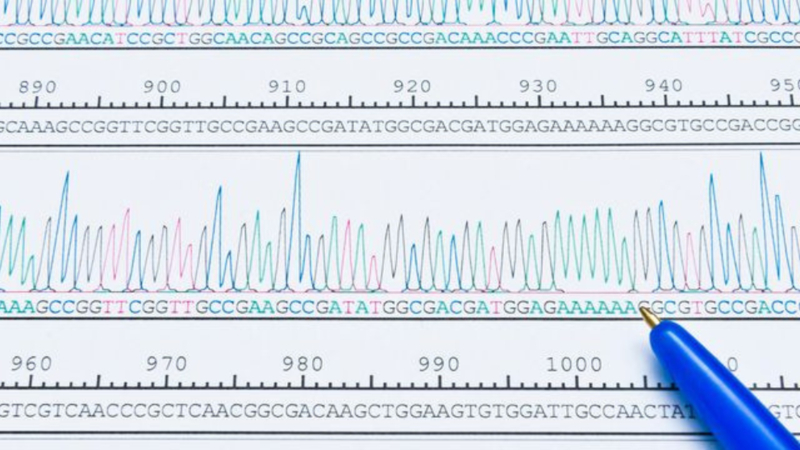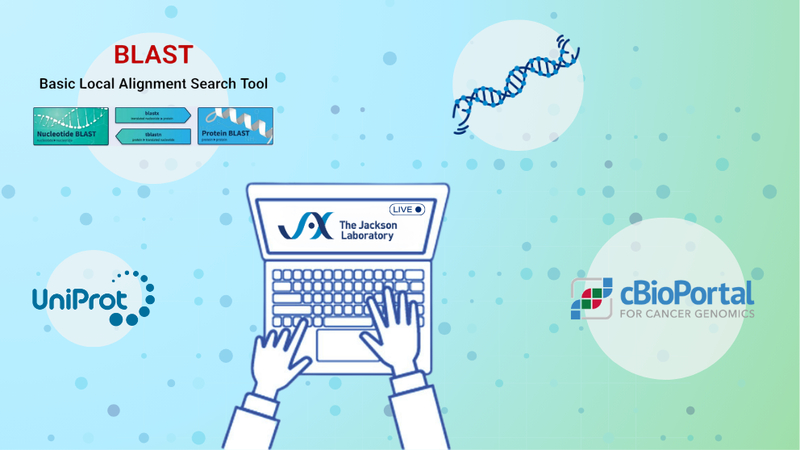The Jackson Laboratory Genomic Education division specializes in developing lessons, activities, and hands-on laboratory protocols for teaching and learning about genetics and genomics. The resources below include our Teaching the Genome Generation protocols and lessons, Mighty Mice in Space lesson series, and more. Most content is created for high school teachers and students in grades 9-12, but may be suitable for other audiences.

